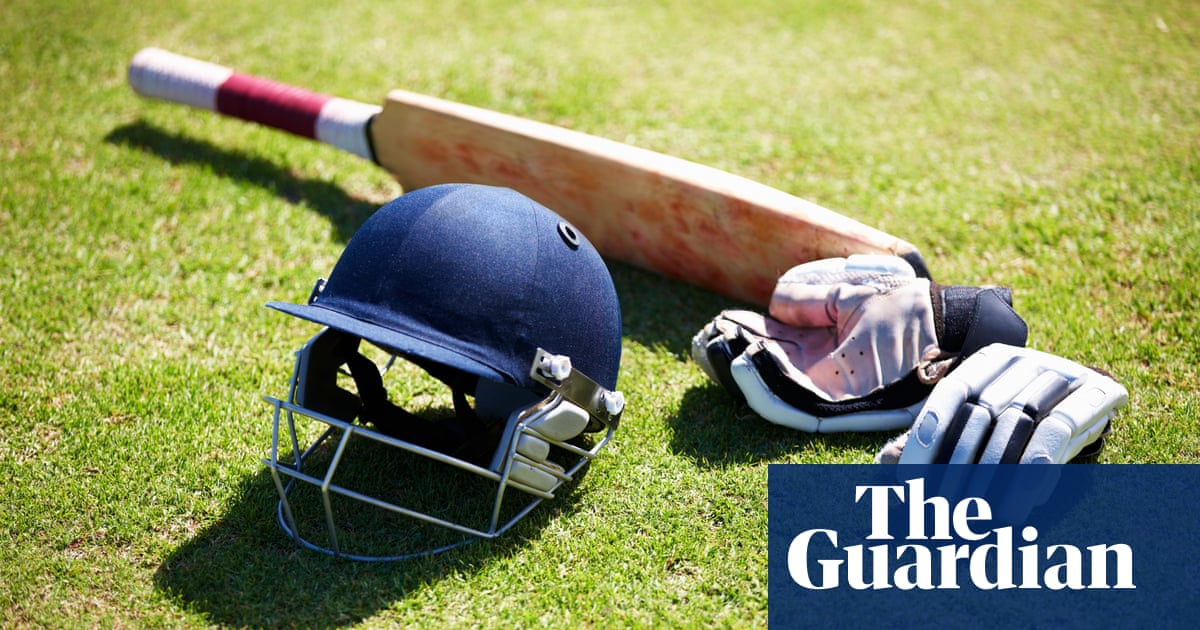The International Cricket Council has become the latest sports body to ban transgender players from the elite women’s game if they have gone through male puberty.
The ICC said it had taken the decision, following an extensive scientific review and nine-month consultation, to “protect the integrity of the international women’s game and the safety of players”.
It joins rugby union, swimming, cycling, athletics and rugby league, who have all gone down a similar path in recent years after citing concerns over fairness or safety.



I think you’re conflating the severity of being hit with a thrown ball with the frequency of being hit with it. I agree that getting smacked with a rock going 80 mph vs. 60 mph both carry a significant risk of harm, even in protective gear. My point is that women are more likely to be unable to effectively respond to those faster pitches, particularly towards the end of a match, and thus are exposed to a greater frequency of being hit by the ball and injured.
If you have ever been in a batting cage, you should understand how much more difficult it becomes to read a ball with even a 5-10 mph increase in speed. Not only do biological women lack the same muscle and skeletal composition that allows men to respond quickly in dodging or turning into a misguided pitch, but they also exhaust quicker and thus are more likely to be suffer from a delayed neurological response in doing the initial mental read of the ball’s path. If you suddenly turn the speed of those pitches up by a third, you’re increasing the likelihood that those women batters will be hit, regardless of whether the injury is likely to be the same.
Hmm, fair point. I can see how increased ball velocity and decreased reaction speed could make an injury more likely. Nevertheless, I still have these doubts:
Unless there really is some big safety concern, still seems absurd to ban people on these metrics and tell people that you’re protecting the other players by doing it. With the evidence I’m aware of, it still seems minimal to me, and we’ve seen BS reasoning for banning trans women in other women’s competitions (e.g., chess). While I can’t say with confidence that there’s no decent argument in support of a ban, I still don’t think safety is part of it.
I think you’re right the most of the argument for the ban relates to fairness, and I frankly doubt that there have been any sort of safety studies done in cricket that would speak to my point.